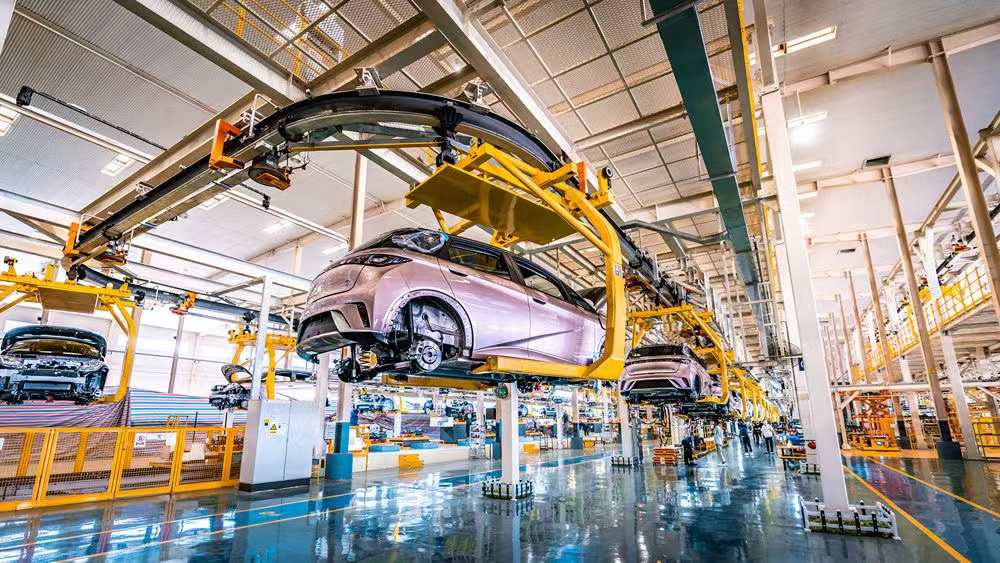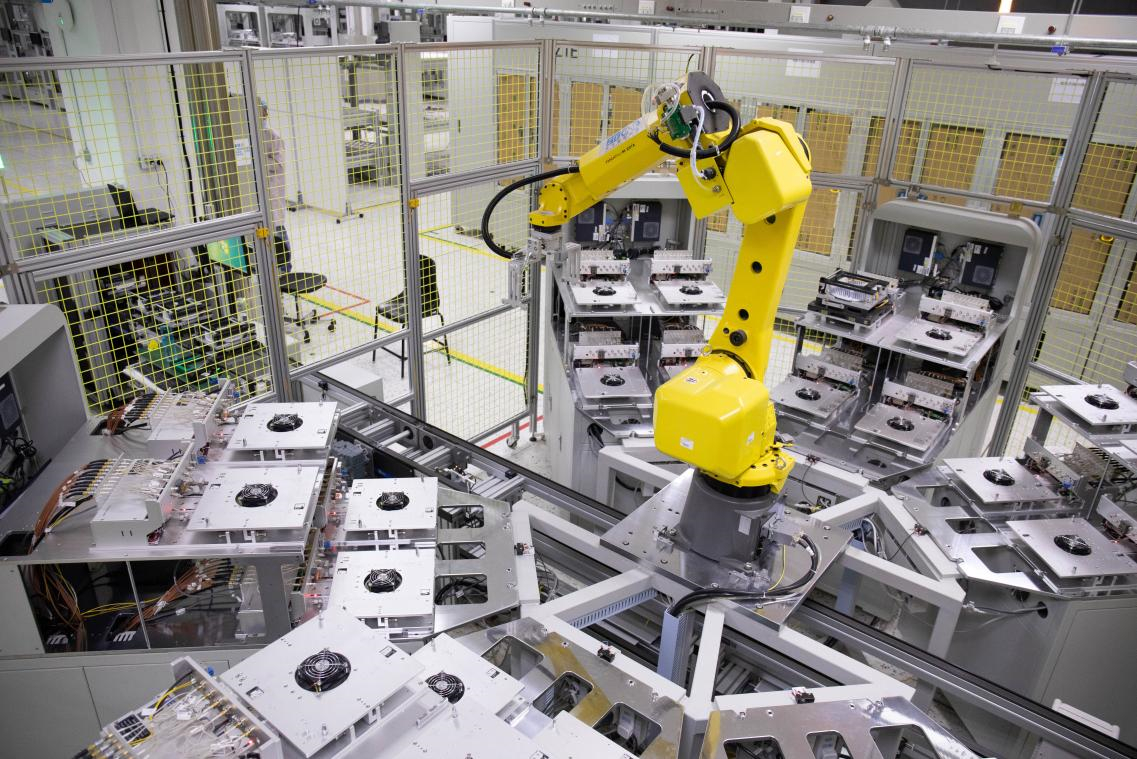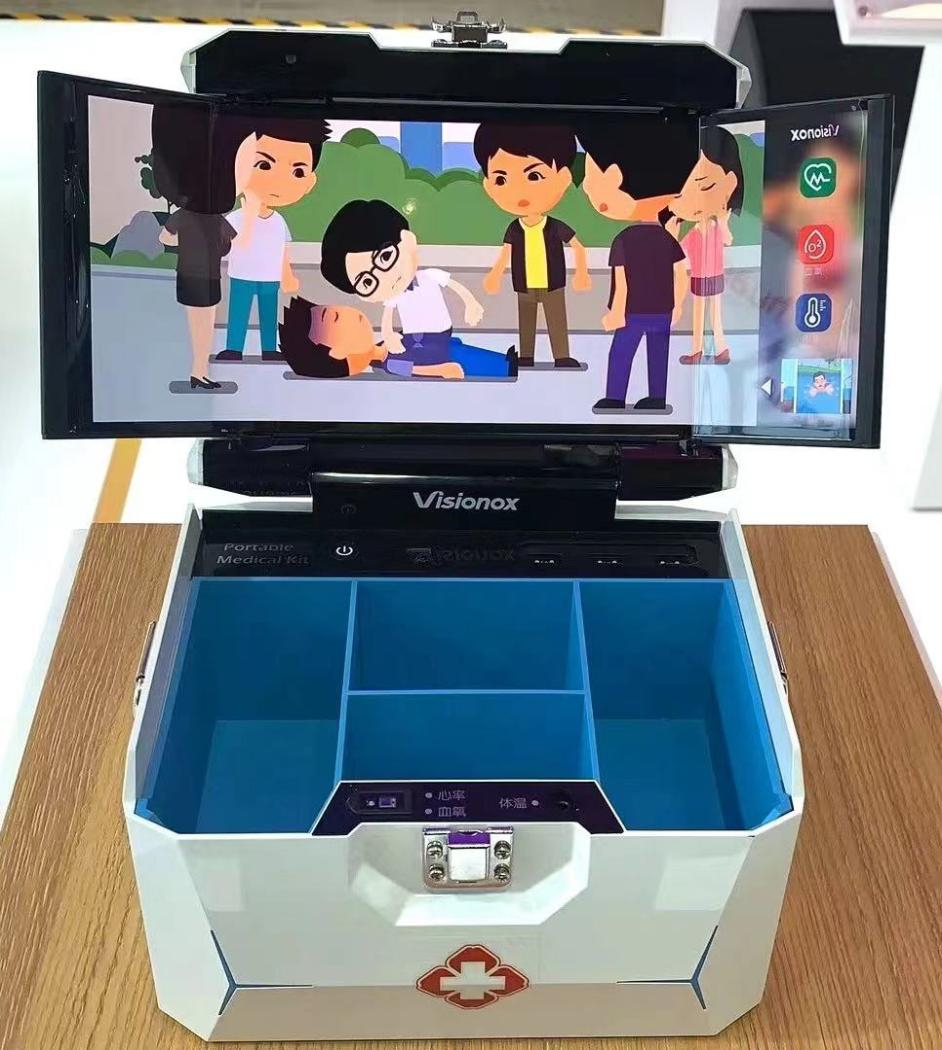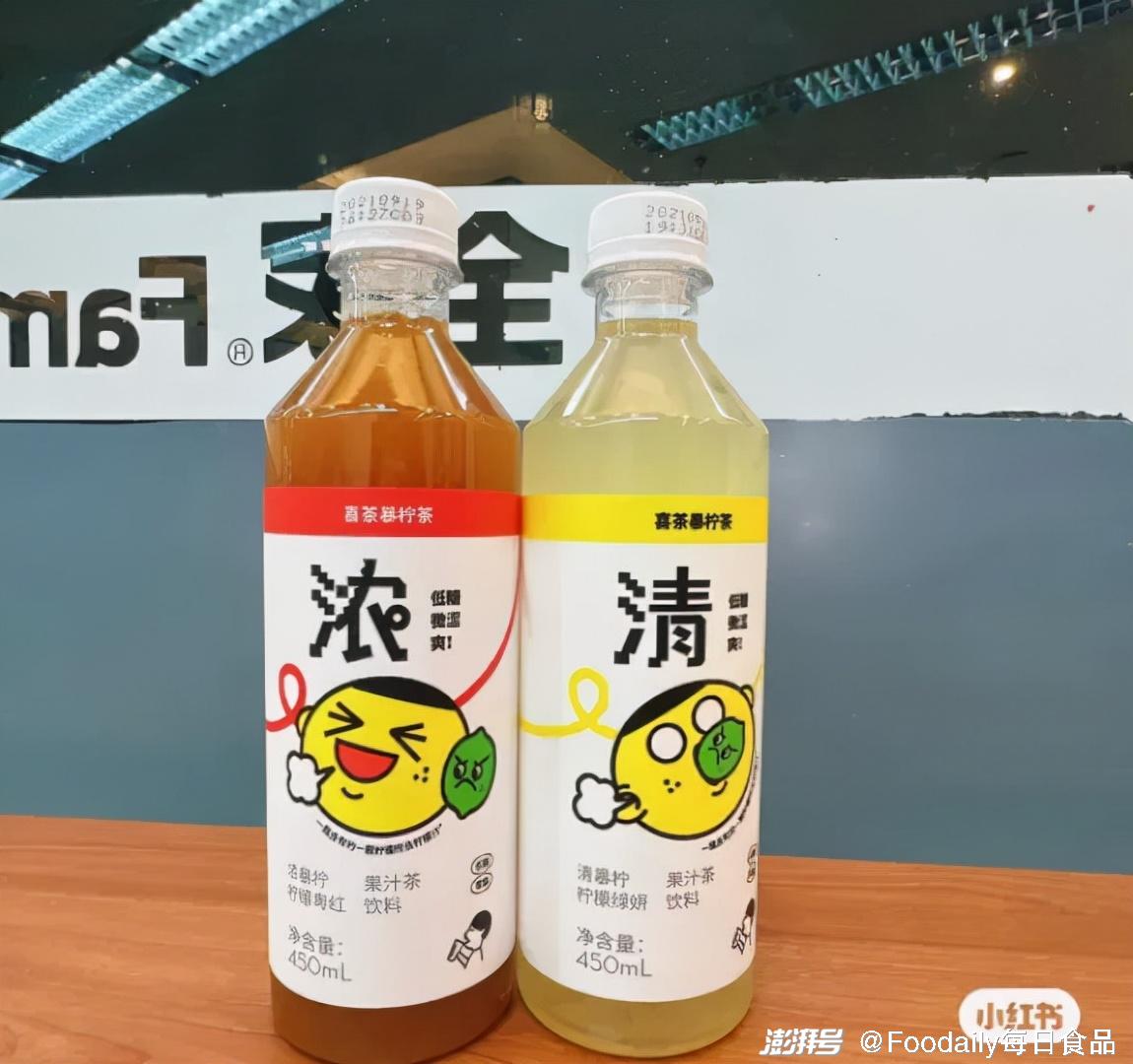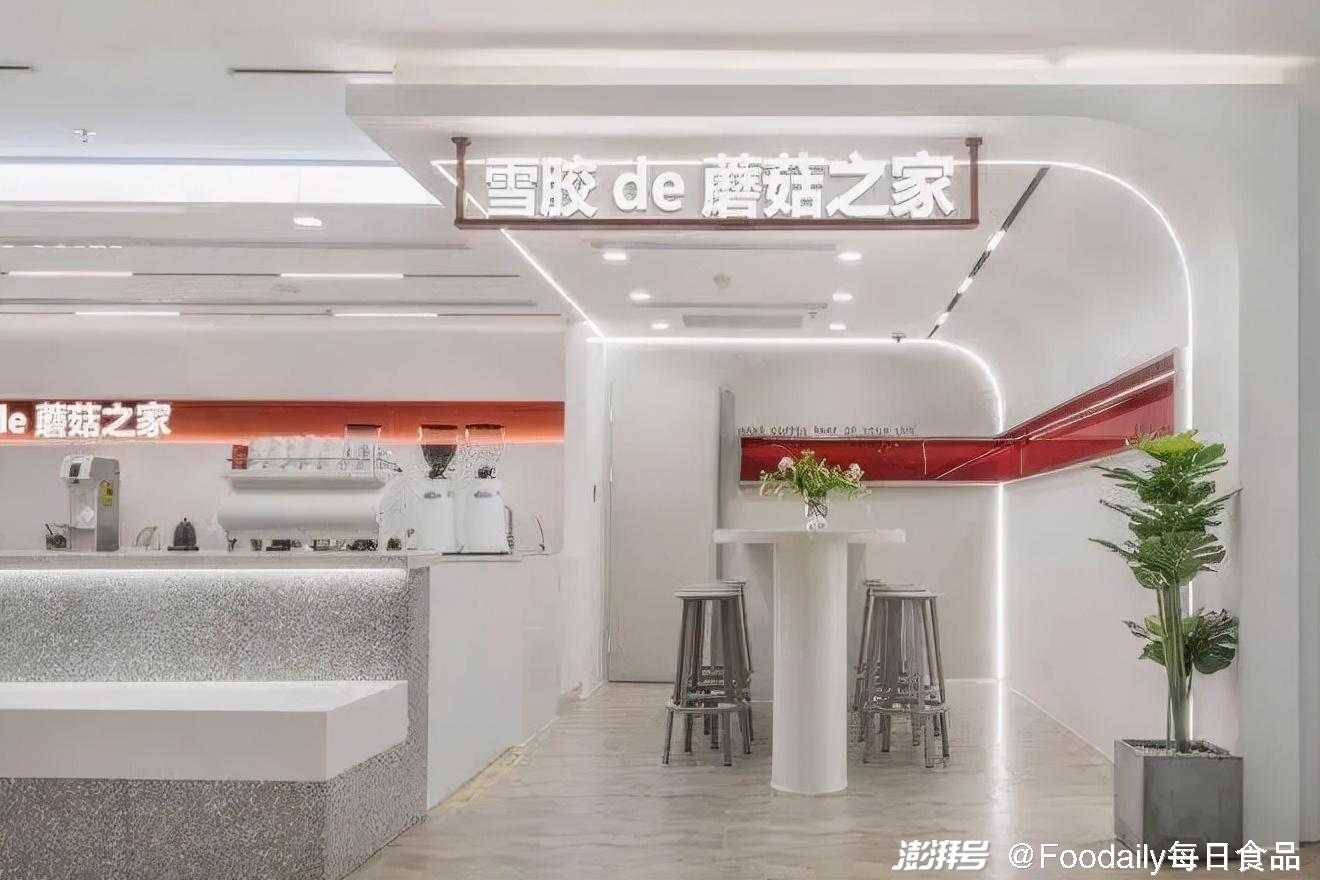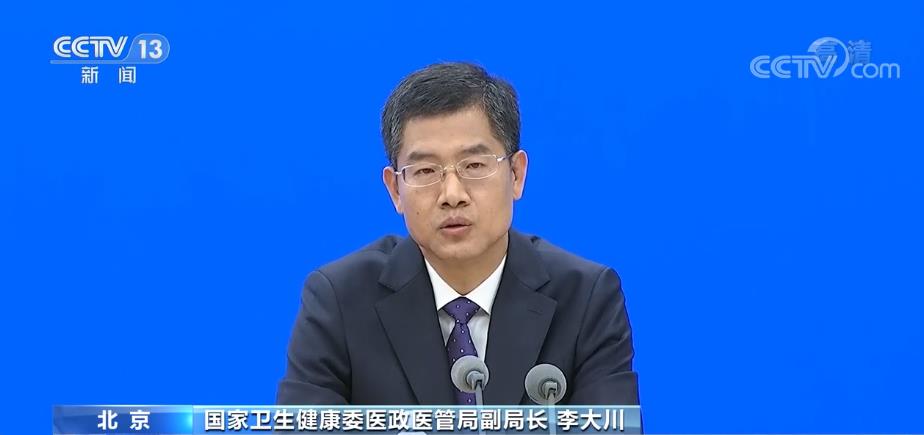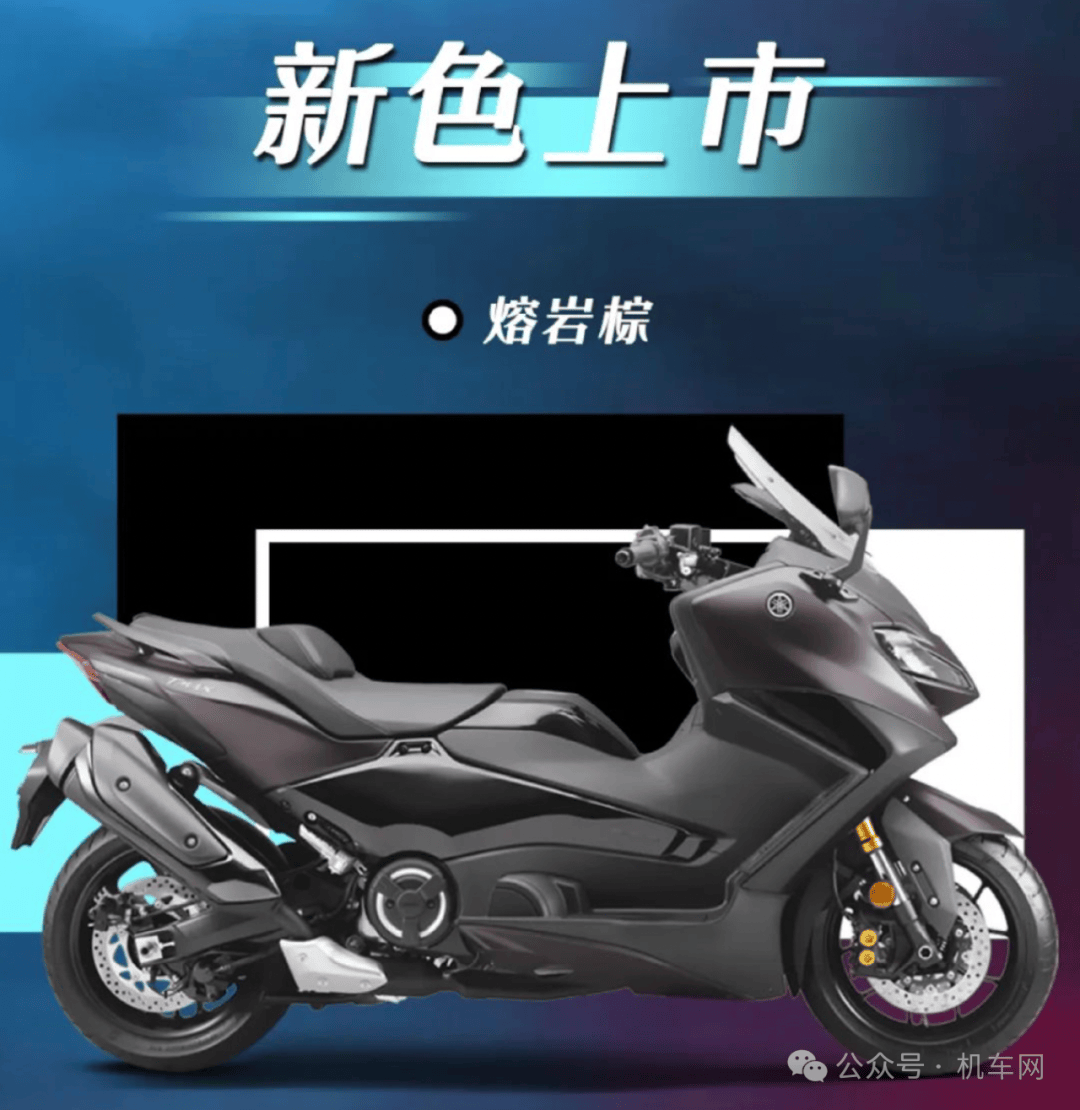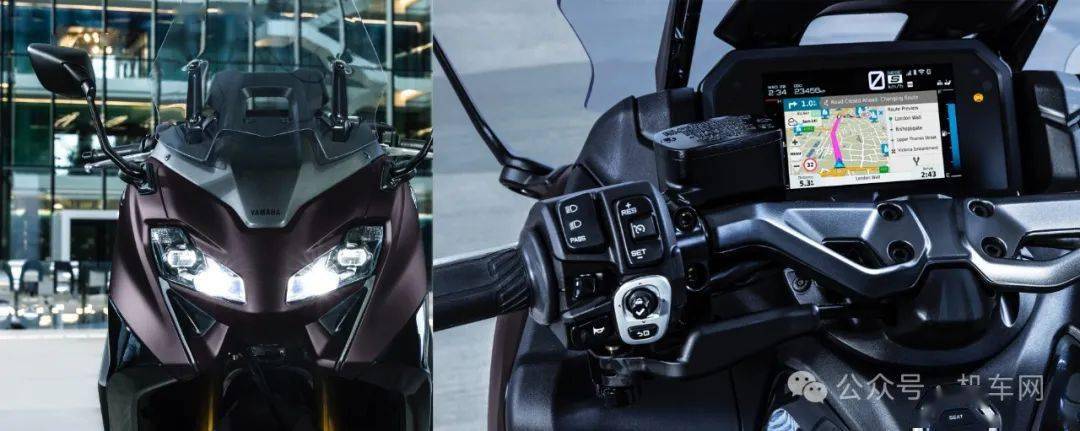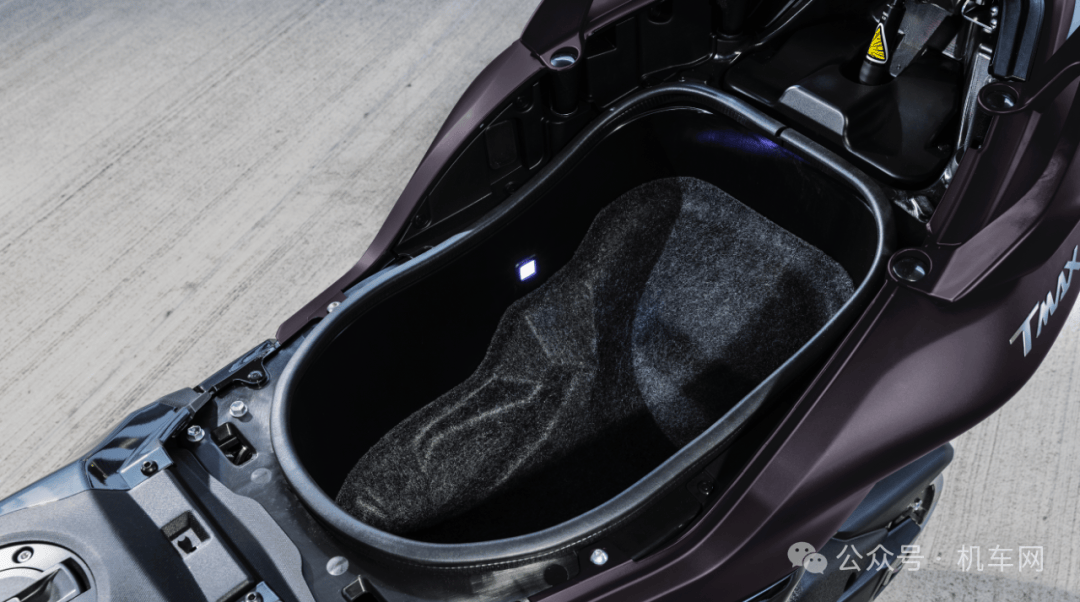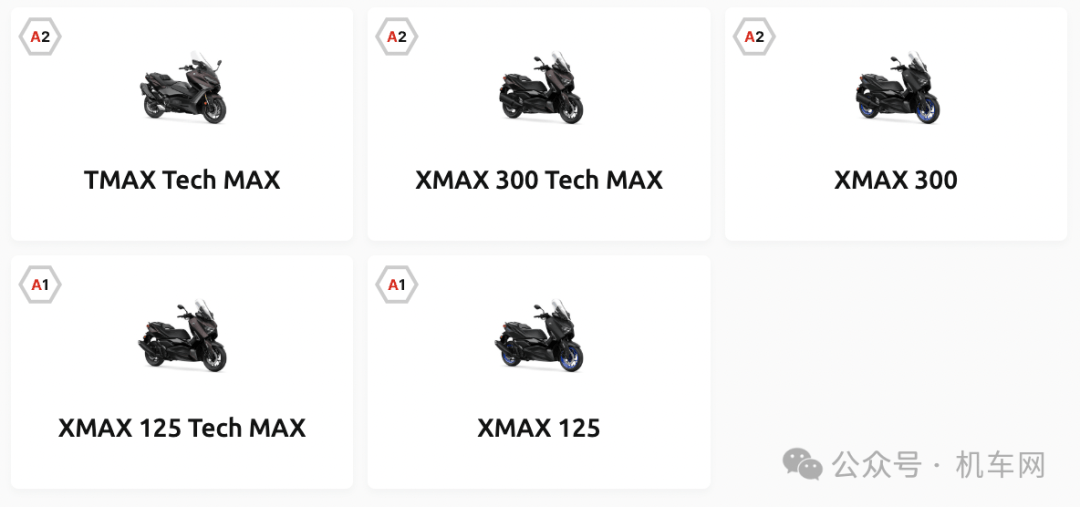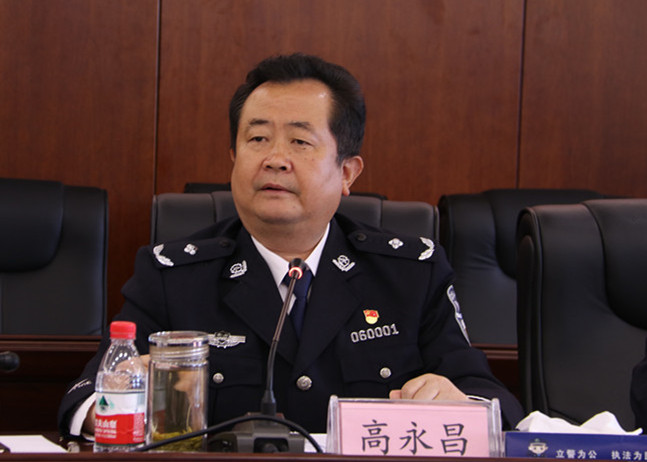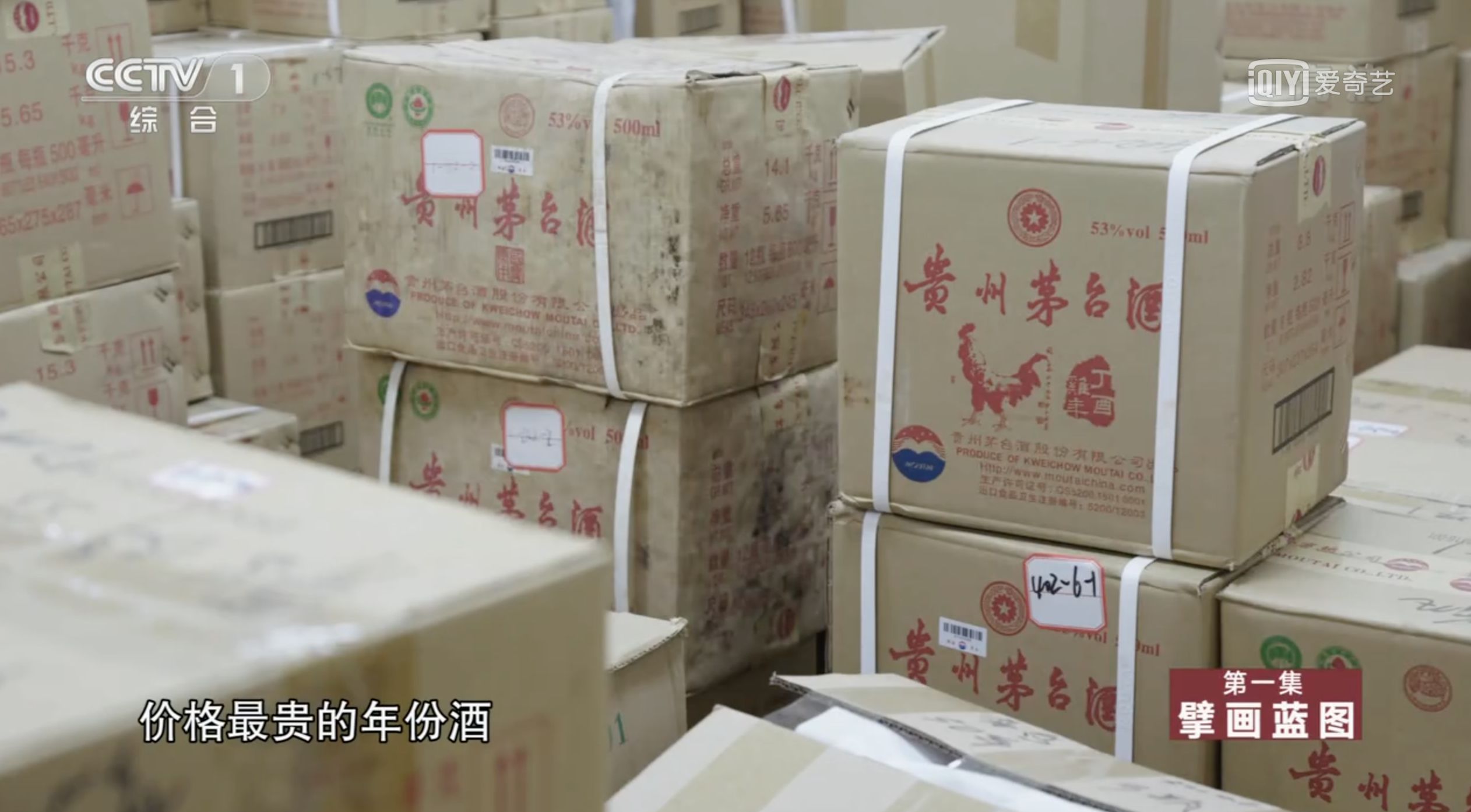Recently, Liu Chang, a researcher at Shenzhen Institute of Advanced Technology, Chinese Academy of Sciences, cooperated with Leslie Claire Griffith, a professor at Brandeis University in the United States, and discovered the neural circuits regulating sleep quality in the brain by using fruit flies as a model organism, further analyzing the neural mechanisms regulating sleep, and providing new therapeutic intervention targets and potential therapeutic strategies for coping with sleep problems.
According to Liu Chang, under the normal sleep structure, you will have a deep sleep, no night, no nightmare, and you will have a good mental state after waking up. For some people who need to take care of newborns, take care of patients or have respiratory obstruction, they wake up frequently at night, which is a great burden to their bodies and minds, and may be accompanied by forgetfulness, obesity, hair loss and other problems.
"Previous studies have shown that in the case of high sleep quality, even if the time is relatively short, it will not affect the overall cognitive function of the brain. On the contrary, sleep fragmentation may seriously affect physiological functions. " Liu Chang said.
It is understood that long-term low-quality sleep can lead to fatigue, learning and cognitive impairment, and it is also an important factor to induce Alzheimer’s disease, depression, cardiovascular diseases and other diseases.
When exploring the mystery of sleep quality, the research team paid attention to an important class of neurotransmitters — — Serotonin.
Serotonin, also known as serotonin, is involved in regulating mood, appetite, cognition, pain, etc. Its biosynthesis related products are widely used in the treatment of depression in clinic.
"But a large number of patients with depression have worse sleep quality after taking serotonin drugs." Liu Chang said.
If you don’t sleep well at night, you will often feel inefficient and unresponsive the next day. This phenomenon has also been verified by previous experimental data.
This time, based on the study of sleep fragmentation, the research team further studied the relationship between sleep quality and learning and memory.
Liu Chang said that in order to determine whether "fragmented sleep after activation of serotonin neurons" will lead to cognitive defects, the team used the classic disgust olfactory conditioning experimental paradigm — —
One option is that fruit flies are punished by electric shock when they smell a smell; Another option is that if you smell another smell, there is no electric shock punishment. Train fruit flies repeatedly, and finally let them choose between two smells, so as to analyze the learning ability of fruit flies.
The results showed that compared with the control group, the learning ability of Drosophila melanogaster after sleep fragmentation decreased by 1/3, and then the learning ability was restored to the control group level through drug rescue or genetic repair of sleep quality.
"Although the neural regulation mechanism of sleep quality is found in the brain of Drosophila, it has been confirmed by experiments that the relationship between specific receptors and sleep quality discovered this time also exists in mammals from the behavioral and physiological aspects." Liu Chang said that in the next step, the research team will continue to pay attention to the molecules involved in regulating sleep quality downstream of the target.
Guo Aike, an academician of China Academy of Sciences, a neuroscientist and biophysicist, said that this study links the interaction between sleep and cognitive system through serotonin system, and provides an ideal model for understanding the mechanism of serotonin regulating sleep and cognition. In addition, the study revealed specific receptor targets, providing new drug design targets for patients with sleep disorders and cognitive impairment in clinic, which will help drug research and development and clinical application.
Staying up late is more terrible than you think.
Staying up late can easily induce diabetes.
Shi Fengying, Chief Physician, Department of Endocrinology, Zhongshan Hospital affiliated to Fudan University: For people with a family history of diabetes, staying up late often increases the risk of diabetes. This is because, compared with other people, people with family history of diabetes have certain predisposing factors. If the conditions are suitable, just as seeds meet the appropriate environment, they will soon take root and sprout.
Staying up late can easily lead to high blood pressure and even sudden death.
Jiandong Ding, Chief Physician, Department of Cardiology, Zhongda Hospital affiliated to Southeast University: Studies have shown that long-term lack of sleep is an important pathogenic factor of hypertension, which greatly increases the probability of people staying up late suffering from various sudden cardiovascular and cerebrovascular diseases, which can lead to sudden death.
Staying up late is prone to cancer.
Medical research shows that people who stay up late are more likely to get cancer than those who sleep normally. Take pancreatic cancer as an example, the incidence of people who often stay up late is more than three times higher than the average person. Because cancer cells are produced during cell division, and cell division is mostly carried out during sleep. Staying up late will affect the normal division of cells, which will lead to cell mutation and cancer cells.
Staying up late often leads to depression.
Researchers at the National Mahidol University in Thailand found that type 2 sugar lovers who like to stay up late are more prone to depression than those who go to bed early and get up early.
The researchers selected nearly 500 type 2 sugar friends from the United States and Thailand, seven of whom became women. All participants reported their depressive symptoms, sleep quality, preferred activities and sleep time on the questionnaire. The results show that the patients who prefer night activities have more depressive symptoms than those who prefer daytime activities in the two groups. After the researchers adjusted for other factors that may affect the occurrence of depression (such as sleep quality, age and gender, etc.), the above conclusion still holds.
The research results read at the annual meeting of the American Endocrinology Society show that developing the habit of going to bed early and getting up early is more conducive to the physical and mental health of sugar friends.
Stay up late fertility is affected.
Men and women of childbearing age, if they often stay up late, will affect the activity and quantity of male sperm; It will also affect the secretion of female hormones and the quality of eggs, and it will also easily affect the menstrual cycle.
Staying up late hurts your eyes.
Staying up late can do more harm to your eyes than just a "panda eye". Overloading eyes for a long time will cause problems such as pain and dryness in the eyes, and even make people suffer from dry eyes.
In addition, eye muscle fatigue can also lead to temporary vision loss. Overwork caused by staying up late for a long time may also induce central retinitis, leading to a sudden drop in vision.
Stay up late, the skin is prone to dryness, spots and acne.
From 11: 00 p.m. to 3: 00 a.m. the next day is beauty time, and it is also the time when the meridians of the human body run to the gallbladder and liver. If these two organs don’t get enough rest, they will appear on the skin, which is prone to problems such as roughness, yellowish face, long black spots and acne.
Staying up late causes neurasthenia, headache and insomnia.
People’s sympathetic nerves should rest at night and be excited during the day, so as to support people’s work in a day, while those who stay up late are excited at night. During the day after staying up late, it is difficult for sympathetic nerves to be fully excited, which will make people listless, dizzy, memory impaired, inattentive, unresponsive, forgetful, dizzy and headache. After a long time, there will be more serious problems such as neurasthenia and insomnia.
Stay up late for a long time and have a bad temper.
During the May Day holiday, Aunt Liu found that her daughter stayed up late to catch up with the drama every day, sometimes catching up on sleep during the day after midnight. Aunt Liu was distressed by her daughter and advised her to go to bed early. The daughter said disapprovingly, "Nothing, I pull the curtain in the morning, just like sleeping at night." However, catching up on sleep after staying up late is usually useless and makes people more and more haggard.
The human body’s repeated sleep has a strong biological rhythm, that is, the "biological clock", which is equivalent to the conductor of the body, giving instructions step by step to ensure that the sleep, endocrine and immune systems can operate in an orderly manner. The biological clock is regulated by external signals such as light, temperature and eating. Among them, light has an irreplaceable influence on sleep. The ancients summed up that "work at sunrise and rest at sunset", which means to conform to the light and realize the unity of man and nature.
If the light is artificially changed, such as staying up late, the physiological and psychological activities consistent with the sleep rhythm will also be disturbed. People with irregular work and rest or poor sleep may suffer cognitive impairment such as memory loss, inattention and creativity decline over time. In addition, the influence of staying up late on people’s emotions is also very obvious. If some people are forced to get up early the next day after staying up late, there will be "getting up", which is manifested as irritability, irritability and anger. Sleeping in the dark during the day, although blocking the light, is out of sync with the inherent rhythm of the biological clock. Sleep seems to be partially compensated, but those functions synchronized with sleep may not be compensated.
Therefore, staying up late is not worth the candle and should be avoided as far as possible. It is best to go to bed between 10 pm and 11 pm and get up at a fixed time. You can also make some preparations to improve the quality of sleep, such as avoiding excessive lunch break during the day, reducing bed time, doing some exercise properly, taking a warm bath before going to bed, and so on. In addition, it is recommended not to eat as much as possible before going to bed, and to avoid exciting substances such as coffee, tobacco and alcohol.
Staying up late consumes yang and accelerates aging.
From the perspective of traditional Chinese medicine, it is the yang that is consumed during the day, and sleeping at night can make the yang get full rest and nourishment. Staying up late for a long time will disturb the balance of yin and yang, qi and blood in the body. Various organs of the body may have different symptoms.
Wang Qinghai, director of Cardiology Department of Guangdong Second Hospital of Traditional Chinese Medicine, said that men are yang-oriented, while women are yin-oriented. In the case of staying up late for a long time, men tend to consume yang, while women tend to consume yin essence, and there may be cases of irregular menstruation, amenorrhea, acne, etc., and men may become irritable and irritable.
In addition, the blood flow will become relatively slow when you sleep at night. If you still stay up late at this time, your blood vessels will be in a state of tension and your blood pressure will rise. At present, there are also certain research data that staying up late will accelerate the aging process, reduce human immunity, increase the incidence of peptic ulcer, and is closely related to cardiovascular and cerebrovascular diseases, lymphoma and so on.
Staying up late increases the risk of breast cancer
A medical study in Canada found that women who work night shifts for a long time have twice the chance of developing breast cancer. Previously, researchers at Queen’s University in Canada compared the health data of 1,134 female breast cancer patients and 1,179 healthy women. The results showed that compared with other women, women who worked night shifts for more than 30 years had twice the risk of breast cancer, which indicated that staying up late had a direct impact on breast cancer.
Liu Depei, chief physician of Obstetrics and Gynecology, Nanjing Hospital of Integrated Traditional Chinese and Western Medicine, Jiangsu Province, said that long-term continuous exposure to artificial light and mental stress will interfere with the secretion of hormones in the human body, thus inhibiting the secretion of melatonin by the pineal gland of the brain and increasing the probability of cancer. Traditional Chinese medicine believes that the yang is weak at night and the yin is cold. If you stay up late for a long time and don’t pay attention to cold protection at night, it will increase the internal cold in the body and lead to breast cancer induced by deficiency of blood.
Staying up late increases the risk of gastric cancer
A study by the University of Hong Kong found that when rats were deprived of sleep for 7 days, the blood flow in the stomach could be reduced by 15%, and the gastric mucosa was also damaged by 30% ~ 50%. Reflected in people, it means that lack of sleep can easily lead to gastric mucosal damage, which is easy to suffer from peptic ulcer disease.
Chen Yuqian, chief physician of the Department of Gastroenterology, said that the gastrointestinal tract of the human body also needs rest to achieve self-maintenance. Staying up late will greatly reduce the effect of gastrointestinal rest, affect the ability of stomach repair and protection, and weaken gastrointestinal function. In the long run, gastritis, gastric ulcer, gastric cancer and other diseases will follow. In addition, some people are used to eating when staying up late, which will increase the burden on the stomach and lead to stomach problems.
Staying up late is easy to be sad.
Experts from the Population Health Department of the Centers for Disease Control and Prevention in the United States conducted a new study, in which about 54,000 adults over 45 years old were selected. It was found that people who slept for too short a time were more likely to suffer from coronary heart disease, stroke and other diseases than those who slept for 7 to 9 hours every day.
Xing Junwu, deputy chief physician of the Department of Cardiology, said that sleep is closely related to arrhythmia, sick sinus syndrome, angina pectoris, heart failure and cardiogenic asthma. During the period from 4: 00 to 7: 00 in the morning, the sympathetic nerve excitability of human body increases, and the cardiovascular activity is unstable. If it is not at rest at this time, it is more likely to lead to myocardial ischemia, hypoxia and sudden angina pectoris and myocardial infarction.
Staying up late reduces immunity
A new study in the United States found that the rhythm of human physiological response is consistent with the alternation of day and night. Once this rhythm is destroyed, the disease resistance of people’s immune system will be reduced. Researcher Yu Xiaofei, Ph.D. in immunology, Southwest Medical Center, University of Texas, USA, said: "This research result not only reveals how the alternation of day and night affects the immune system of the body at the molecular level, but also helps us to use our own immune function more effectively to fight infection or prevent immune diseases."
Xia Gongxu, deputy chief physician of insomnia clinic in preventive medicine department, said that Chinese medicine believes that "when a person lies down, the blood will return to the liver", and it is the best stage for the liver to play its role of storing blood and detoxifying from 11: 00 at night to 3: 00 in the morning. There is no guarantee to rest on time during this time period, which will damage the liver qi and reduce the resistance and immunity over time. Therefore, people who maintain health and nourish the liver must sleep before 11 pm, which is conducive to blood returning to the liver to detoxify.
Staying up late is easy to have nightmares.
The American "Fun Science" website reported that a new study published in the magazine "Sleep and Biological Rhythm" found that sleeping too late is more likely to have nightmares. In the study, Turkish scientists investigated the sleep habits of 264 college students and measured the frequency of their nightmares by using the sleep anxiety index. The results showed that the average sleep anxiety index of the participants who used to stay up late reached 2.10, while the participants who used to go to bed early only reached 1.23. In addition, the online survey of nearly 4,000 people by researchers found that among women in their twenties, staying up late is in direct proportion to nightmares.
Li Fang, chief physician of respiratory medicine, said that nightmares usually come from stress in life, and sometimes they may also be a signal of health problems. If you have more and more nightmares, the content of dreams is often about not being able to breathe. It is best to find a professional to check whether you have sleep apnea, which is a chronic disease in which your breathing stops or becomes shallow when you are asleep. Sleep apnea will destroy your sleep because of lack of oxygen.
Staying up late is easy to get fat.
According to a research report published in the monthly magazine Sleep, people who stay up late consume more calories and are more likely to gain weight. The study involved 255 volunteers, one of whom was a sleep-deprived group staying up late and the other was a reference group. The results show that when the volunteers in the sleep-deprived group go to bed at 4 am and get up at 8 am four hours later, they consume an average of about 550 calories after 11 pm, far exceeding the body’s needs, which leads to obesity.
Zang Ping, the attending physician of the weight-loss clinic, said that people who sleep less than 6.5 hours a day are more likely to get obesity. Lack of sleep can make the human body secrete more "hunger hormones", which makes people overeat and lead to obesity. Human adrenocortical hormone and growth hormone are secreted at night. Staying up late often can also lead to endocrine disorders, thus forming endocrine disorders and obesity.
Staying up late is harmful to the brain.
A study by Uppsala University in Sweden found that the brain chemicals neuron-specific enolase (NSE) and S-100B protein of the subjects who stayed up all night were on the rise, and they were both markers of brain injury. The experimental results show that having a good sleep is very important for maintaining brain health.
According to experts, staying up late often leads to memory loss, slow response, headache, insomnia, etc. This is because staying up late causes brain nerves to "work overtime", and the result of nerve exhaustion is negative "slacking", causing chronic damage to brain nerves.
Staying up late affects the development of infants.
Researchers such as Professor Songshi Bunjiro of Kurume University conducted a long-term follow-up survey on the relationship between development and sleep of about 400 infants, including the bedtime of infants, their hand, foot and sight movements, language expression and cognitive ability after 18 months of birth. The results showed that infants who used to go to bed after 22: 00 were slower than other infants, and the risk of developmental problems increased by about 3 times by sleeping one hour later on average.
Bian Xun, chief physician of pediatrics, said that the growth hormone secreted by hypothalamus is mainly secreted from 10 pm to 1 am. About 60 ~ 90 minutes after children fall asleep, the secretion increases obviously. Children staying up late for a long time will inevitably affect the normal secretion of growth hormone, which is unfavorable to physical development, especially height.
Poor fetal development after staying up late
Researchers at the University of Pittsburgh in the United States have found that lack of sleep during pregnancy increases the risk of underweight newborns and other complications. The study published in the Journal of Psychosomatic Medicine selected about 170 pregnant women who were pregnant for 20 weeks. After 10 weeks of observation, it was found that lack of sleep would lead to impaired immune function and increased the risk of adverse pregnancy.
Liu Depei, chief physician of obstetrics and gynecology, said that if pregnant women stay up late for a long time, their biological clocks will be reversed, leading to endocrine disorders and affecting metabolism, which is not conducive to fetal growth and development. Because the uterus of pregnant women will get bigger and bigger during pregnancy, it will gradually compress into the inferior vena cava, causing poor venous return of the lower body, which will easily lead to hemorrhoids or varicose veins of the lower limbs and perineum. Often staying up late will reduce the time of lying down, which will aggravate this symptom and is not conducive to the healthy development of the fetus. (People’s Health Network is integrated from Life Times, Health Times, Yangcheng Evening News, China Chinese Medicine News, China Youth Daily)
